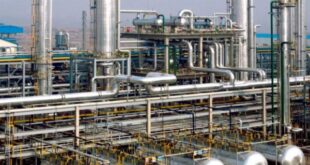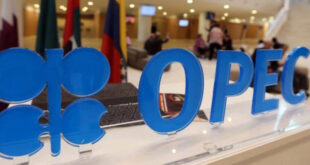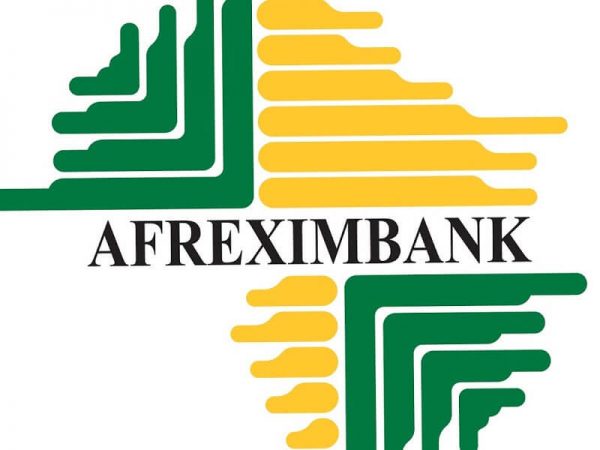
Shell Petroleum Development Company (SPDC) of Nigeria Limited and its partners who together own 45 per cent interests in oil mining leases (OML) 18, 24, and 29 have just announced the completion of the sale of the third in the quartet of assets that they put up for sale in this latest round of divestments. The sale of OML 29, the choice asset of the lot, together with the Nembe Creek Trunk Line to Aiteo Eastern E&P Company Limited for $2.562 billion, has netted Shell $1.7 billion.
Only a few days before, Shell announced the completion of the sale of OML 18 to Eroton Exploration and Production Company Limited in which it netted $737 million for its 30 per cent stake. In October last year, they completed the sale to Newcross Exploration and Production. Whilst these three new Nigerian independent power houses are celebrating, the sale of OML 25 is unfortunately in court after the Nigerian National Petroleum Corporation (NNPC) scuttled the sale to Crestar by exercising a right of pre-emption over the asset. Crestar is suing to have the sale to it reinstated.
The sale of these three assets alone have given Shell and its partners (Shell with 30 per cent, Total with 10 per cent and Agip 10 per cent) a windfall after analysts said that the assets in these divestments are fetching premia of up to 40 per cent as Nigerian independents struggle to buy assets that will take them into the big league in view of a lack of open bidding rounds from the government. In spite of this however, indigenous companies are pleased to have the opportunity to get their hands on major producing assets leading to the rise and rise of the Nigerian independent.
Shell said in a statement: “This divestment is part of the strategic review of the SPDC’s onshore portfolio and is in line with the Federal Government’s aim of developing Nigerian companies in the country’s upstream oil and gas business.”

In the statement, Shell denied that the sales were indicative of a desire to get out of Nigeria. The Dutch giant said in a statement: “Shell has been in Nigeria for more than 50 years and remains committed to keeping a long-term presence there – both onshore and offshore.”
Patrick de La Chevardière, Chief Financial Officer at Total, which has so far raked in over $1 billion from the sales, said in a statement: “The sale of these non-operated onshore blocks in Nigeria is yet another example of our strategy of dynamic portfolio management, achieved at attractive valuations.”
He added: “These transactions also reduce our exposure to non-operated blocks onshore Nigeria, and allow us to focus on our core, operated developments, such as the Egina project.”
One of the surprising twists to this divestment exercise is the revelation that the buyers get operatorship of the assets. Past divestments have been beset by wrangling over operatorship. When the divestment strategy began, buyers assumed that the operatorship of the assets would transfer to them from Shell.
NNPC however dealt a sharp blow to the ambitions of these new independents to gain operatorship of major assets and prove their mettle. Such ambitions would be in keeping with the policy of increasing Nigerian participation in exploration and production. NNPC however chose to take over operatorship and the assets were handed to the operating arm of NNPC, the Nigerian Petroleum Development Company (NPDC) to run. Not having the funds or technical staff to operate these assets, NPDC entered into a number of “Strategic Alliance” agreements for funding and technical assistance. Some of the agreements have been criticised not least because the details of the agreements have not been made public.
Industry watchers see the relinquishment of operatorship to the new independents as being much more supportive of an industry in which indigenous participation and capability in the oil and gas industry be allowed to grow and flourish.
The divested infrastructure includes flow stations together with associated gas infrastructure plus oil and gas pipelines within the OML, said SPDC. It said the divested fields produced around 43,000 barrels of oil equivalent per day (100 per cent) in 2014.
The sale to Aiteo Eastern, a consortium made up of Aiteo with an 85 per cent stake in the deal, Tempo Energy Resources with a 10 per cent stake and Taleveras with a 5 per cent) includes not just OML 29, but the troubled Nembe Creek Trunk Line. The major pipeline has been persistently vandalised by oil thieves leading Shell to decide to include it in the sale. The 100km long Nembe Creek Trunk Line was commissioned in 2010. It evacuates crude to the Bonny Crude Oil Terminal at the rate of 600,000 barrels per day. Shell has not included the terminal in the sale.
OML 29 covers an area of 983 square kilometres and includes the Nembe, Santa Barbara and Okoroba fields, and related facilities. Established reports have it that OML 29’s remaining reserves (P1+P2) hold about 2.2 billion barrels of oil equivalent (BOE), while its hydrocarbon fields could deliver as much as 160,000 barrels of oil per day and 300MMscfpd of gas at peak.
OML 18 went to Eroton (previously misreported as Erotron) which consists of a consortium including Toronto Stock Exchange listed Mart Resources, Midwestern and Suntrust Oil. The name Erotron comes from Notore spelt backwards. Notore is a leading fertiliser and agro-allied company. Its owners have an interest in Suntrust Oil.
Shell’s net proceeds are $737 million from this sale. OML 18 covers 1,035 square kilometers and is located onshore in the southern part of the Niger Delta in Rivers State. It contains nine fields and associated infrastructure that include seven oil flow stations, three associated gas gathering processing plants and one non-associated gas processing plant, and associated gathering facilities.
Approximately 140 wells have been drilled on OML 18. Three fields are currently in production on the block. Production in recent years has ranged between 20,000 to 30,000 barrels of oil per day from approximately 30 producing wells. Aggregate cumulative oil production from OML 18 since 1970 is approximately 1,060 million barrels, with peak production in January 1971 at 140,000 barrels of oil per day.
Crude oil production from OML 18 is exported through the Bonny Crude Oil Terminal via the Nembe Creek Trunkline. Gas production from OML 18 is delivered to various powers, industrial and commercial customers via the Nigeria Gas Company’s pipeline.
In spite of the divestments, Shell says that it remains committed to keeping a long-term presence in Nigeria.
 MMS PLUS NG – Maritime, Aviation, Business, Oil and Gas News Online Newspaper with coverage in Maritime, Oil and Gas, Aviation, Power and Energy as well as Financial News
MMS PLUS NG – Maritime, Aviation, Business, Oil and Gas News Online Newspaper with coverage in Maritime, Oil and Gas, Aviation, Power and Energy as well as Financial News









